Danish 7-point grading scale
The Danish 7-point grading scale has been used in state-regulated education since August 2007 (therefore, the old 00 to 13 grading scale is no longer in use).
Here you will find an overview of the present 7-point grading scale, explanation of the mark and the equivalent ECTS mark.
The minimum grade for passing an exam is 02. Apart from the Danish 7-point grading scale, pass/fail assessment may also be in use.
Get to know the 7-point grading scale
See more information about the Ministry of Higher Education and Science's 7-point grading scale
European Credit Transfer System
What is ECTS?
ECTS stands for European Credit Transfer System (In danish; ECTS points).
ECTS is a method of measuring your study programme as academic currency. Understanding ECTS makes it easier to understand the workload connected to your study programmes.
ECTS is used all over Europe and enables you to easily compare study programmes and transfer your academic qualifications from one educational institution to another. Its aim is to make programmes and the performance of students of higher education more transparent and comparable European-wide and to replace or complement the different local (national) standards within Europe.
The use of ECTS credits is compulsory in higher education in Europe. All Danish higher education programmes are described according to ECTS as a system for both credit transfer and academic credit accumulation towards the final degree.
Calculation and conversion of ECTS credits
According to the Danish Ministry of Education and Science, one year of studies corresponds to 60 ECTS credits and one semester corresponds to 30 ECTS credits. A 3-year full Bachelors programme, therefore, has 6 semesters and equals 180 ECTS credits. A 2-year Masters programme has 4 semesters and equals 120 ECTS credits. On average, one ECTS credit point equals between 25-30 working hours. This includes hours spent at the university as well as outside the university. The number of credits awarded for each course varies depending on the workload.
See the european credit transfer and accumulation system's explanation..
